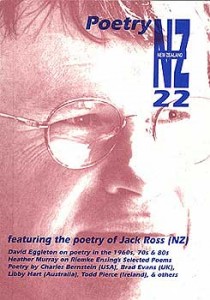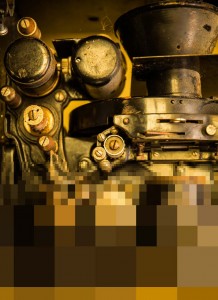
All scholars and practitioners interested in film and media are welcome to attend the Loops and Splices symposium on changing media technologies on Friday 1 August at Victoria University of Wellington.
The symposium has been organised by Media Studies lecturers Radha O’Meara and Alex Bevan with colleagues from Victoria University. It will feature a keynote presentation by Professor Ian Christie from University of London’s Birkbeck College on the history of 3D in photography and film, as well as presentations by Massey Media Studies lecturers Kevin Glynn, Sy Taffel and Allen Meek.
http://www.victoria.ac.nz/fhss/about/events/symposium-loops-and-splices-changing-media-technologies
Attendance is free, but attendees should register by emailing Kathleen Kuehn before the end of July:
Kathleen.Kuehn@vuw.ac.nz
Symposium Programme
Schedule: 1 August 2014 Hunter Council Chamber, Hunter Building, Victoria University of Wellington
9.30-10.30am OpeningPlenary
Chair:MiriamRoss
ProfessorIanChristie(BirkbeckCollege)
“Denying depth: uncovering the hidden history of 3D in photography and film”
10.45-12.15 PanelOne:Archaeologies,Bodies,NewTechnologies
Chair:KathleenKuehn
AllanCameron(Auckland),“Facing the Glitch: Abstraction, Abjection,and the DigitalFace”
JulieCupples(Edinburgh)andKevinGlynn(Massey),“Technologies of Indigeneity: Māori Television and Convergence Culture”
MaxSchleser(Massey),“A Decade of Mobile Moving-Image Practice”
SyTaffel(Massey),“Arch/Ecologies of E-Waste”
1.30-3.00pm PanelTwo:AmateurPracticesandEverydayLife
Chair:RadhaO’Meara
RosinaHickman(Victoria),“A pastora lparadise?: Landscap eand early amateur filmmaking in New Zealand”
O. RipekaMercier(Victoria),“Screen(ed) Culture in the 48 Hour Film Competition”
MinetteHillyer(Victoria),“Formulas for the Interior: Homemovies, television and the practice of real life in public”
DamionSturm(Waikato),“Smashing and bashing as affective commodity-spectacle? Televisual technologies in the Australian T20 Cricket Big Bash League”
3.15-4.45pm PanelThree:MediaLoops,AestheticHistories
Chair:MichelleMenzies
AllenMeek(Massey),“Testimony and the chronophotographic gesture”
MichaelDaubs(Victoria),“What’s New is Past: Flash Animation and Cartoon History”
KirstenMoanaThompson(Victoria),“’Now Isn’t Simply Now’: A Single Man and the Color Image”
LeonGurevitch(Victoria),“Cinema Designed: Visual Effects Software and the Emergence of Design”
4.45D5.15pm ClosingPlenaryPanel
Chair:KirstenThompson
Ian Christie and OrganizingCommittee
The symposium committee would like to thank
Adam Art Gallery, New Zealand Film Archive, School of English, Film, Theatre and Media Studies at Victoria University of Wellington, Faculty of Humanities and Social Sciences at Victoria University of Wellington, School of English and Media Studies at Massey University, and the Visual Culture Group of Victoria for generously supporting the Loops+Splices symposium.
Symposium Organising Committee
ProfessorKirstenThompson:Kirsten.Thompson@vuw.ac.nz DrMiriamRoss:Miriam.Ross@vuw.ac.nz
DrKathleenKuehn:Kathleen.Kuehn@vuw.ac.nz DrAlexBevan:A.L.Bevan@massey.ac.nz
DrRadhaO’Meara:R.OMeara@massey.ac.nz MichelleMenzies:michelle.menzies@gmail.com
Ian Christie (Birkbeck College,University of London)
Denying depth:uncovering the hidden history of 3D in photography and film
If stereoscopy has been a more significant and continuous presence in modern imaging media than is conventionally recognised, why has it been consistently marginalised by photographic and film historians? After its huge popularity in the second half of the 19th century, there were expectations that stereo moving pictures would follow. Yet even after practical display systems emerged in the 1930s, resistance has continued,often fuelled by a mixture of economic and psycho-aesthetic justification.What’s the problem?
Ian Christie is Anniversary Professor of Film and Media History at Birkbeck College, University of London, and a curator and broadcaster. He wrote and co-produced a BBC TV series The Last Machine, presented by Terry Gilliam, in 1994; and the exhibitions he has worked on include Eisenstein: His Life and Art (1988), Spellbound:ArtandFilm (1996) and Modernism:Designing a New World (2006). A Fellow of the British Academy and Slade Professor of Fine Art at Cambridge University in 2006, with a lecture series entitled ‘Cinema Has Not yet Been Invented’, he is especially interested in mediaecology and archaeology, and in audiences-the subject of his most recent book.
Symposium Web Page
Twitter #vicloops
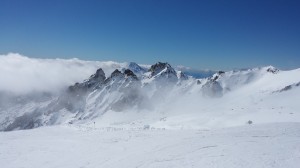 Keep an ear tuned to Radio New Zealand this week to hear a story about the Ruapehu lahar risk communication test that English & Media Studies staff and students assisted with last week (see previous story at http://sites.massey.ac.nz/expressivearts/2014/08/26/ski-trip-yields-important-safety-communication-data/)
Keep an ear tuned to Radio New Zealand this week to hear a story about the Ruapehu lahar risk communication test that English & Media Studies staff and students assisted with last week (see previous story at http://sites.massey.ac.nz/expressivearts/2014/08/26/ski-trip-yields-important-safety-communication-data/)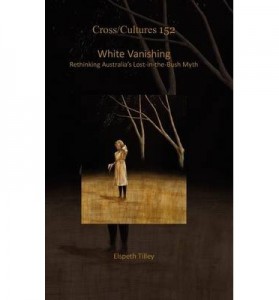

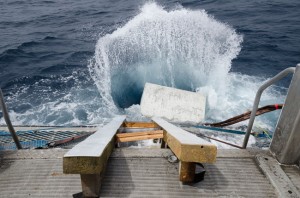
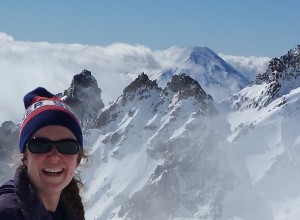

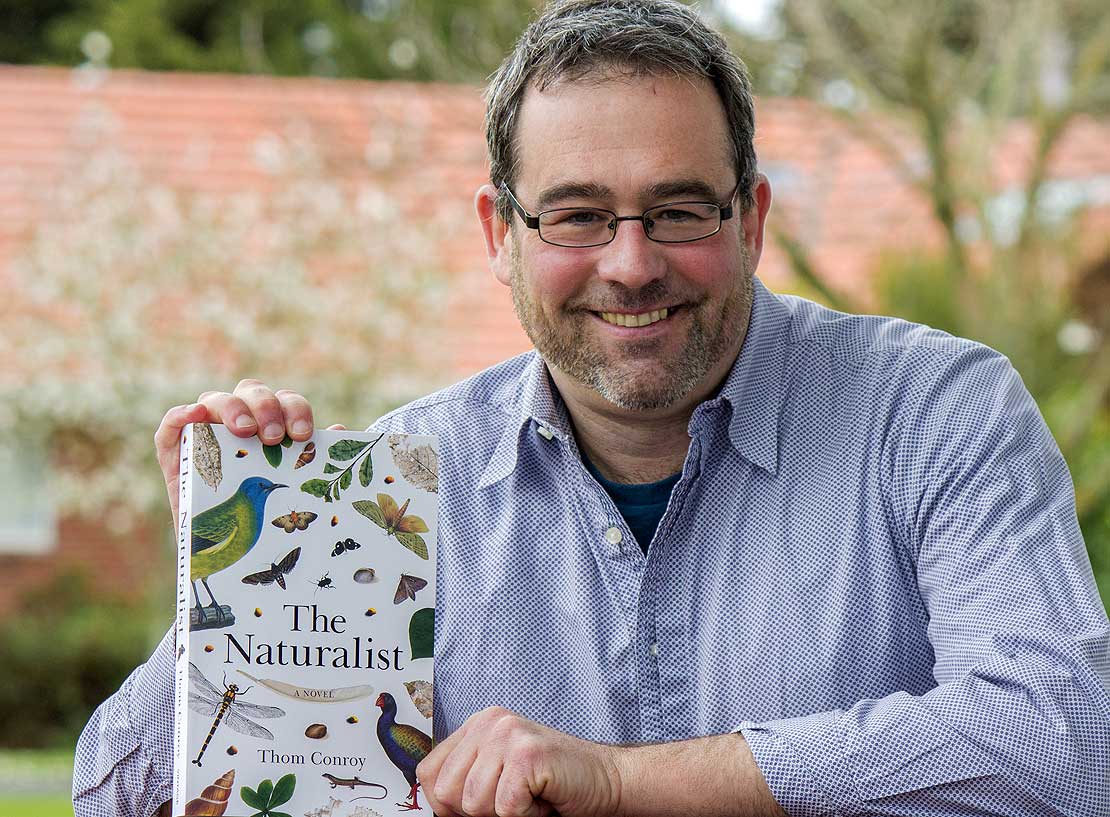
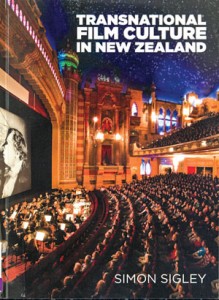

![[Jack+Ross+(2002).jpg]](http://2.bp.blogspot.com/_dSZQ_FbAxSA/Rxbbz8pGaXI/AAAAAAAAAGY/6aFTQknvTl4/s400/Jack%2BRoss%2B(2002).jpg) Jack Ross, new editor of Poetry NZ, will be featured on Radio NZ National this Sunday. Jack is being interviewed by Justin Gregory about his plans for Poetry NZ on “Standing Room Only”, this Sunday (8/6). The programme starts at 12:40 pm. Jack said he will be talking with Justin about his plans to keep the journal at the cutting edge and encourage ground-breaking, even controversial, work. “As the new managing editor of Poetry NZ, I’d like to keep up a sense of excitement in the magazine. My predecessor, Alistair Paterson, was careful to maintain a youth-focus — both with the poets he featured and the work he included. I’d like to be as open as he was to new styles and new poetic approaches. Nor do I have any problem at all with including hard-hitting or controversial work. “Louis Johnson, who founded the New Zealand Poetry Yearbook in the 1950s, refused to withdraw some poems which the funding agencies objected to in the early sixties, and instead paid for the last volume of his yearbook himself! It’s that kind of courage I’d like to emulate. I don’t want there to be anything predictable about what people can expect when they open a copy of Poetry NZ. As the poet Alan Brunton once put it: “Keep the surprise alive!’ “The School of English and Media Studies at Massey University has been generous with a publishing subvention, and I hope that in future this journal can fold into our programme in numerous ways: perhaps principally by providing some of our graduate students with an internship in the world of practical magazine publishing.” Jack himself has published four poetry collections: City of Strange Brunettes (1998), Chantal’s Book (2002), To Terezín (2007) and Celanie (2012).
Jack Ross, new editor of Poetry NZ, will be featured on Radio NZ National this Sunday. Jack is being interviewed by Justin Gregory about his plans for Poetry NZ on “Standing Room Only”, this Sunday (8/6). The programme starts at 12:40 pm. Jack said he will be talking with Justin about his plans to keep the journal at the cutting edge and encourage ground-breaking, even controversial, work. “As the new managing editor of Poetry NZ, I’d like to keep up a sense of excitement in the magazine. My predecessor, Alistair Paterson, was careful to maintain a youth-focus — both with the poets he featured and the work he included. I’d like to be as open as he was to new styles and new poetic approaches. Nor do I have any problem at all with including hard-hitting or controversial work. “Louis Johnson, who founded the New Zealand Poetry Yearbook in the 1950s, refused to withdraw some poems which the funding agencies objected to in the early sixties, and instead paid for the last volume of his yearbook himself! It’s that kind of courage I’d like to emulate. I don’t want there to be anything predictable about what people can expect when they open a copy of Poetry NZ. As the poet Alan Brunton once put it: “Keep the surprise alive!’ “The School of English and Media Studies at Massey University has been generous with a publishing subvention, and I hope that in future this journal can fold into our programme in numerous ways: perhaps principally by providing some of our graduate students with an internship in the world of practical magazine publishing.” Jack himself has published four poetry collections: City of Strange Brunettes (1998), Chantal’s Book (2002), To Terezín (2007) and Celanie (2012).